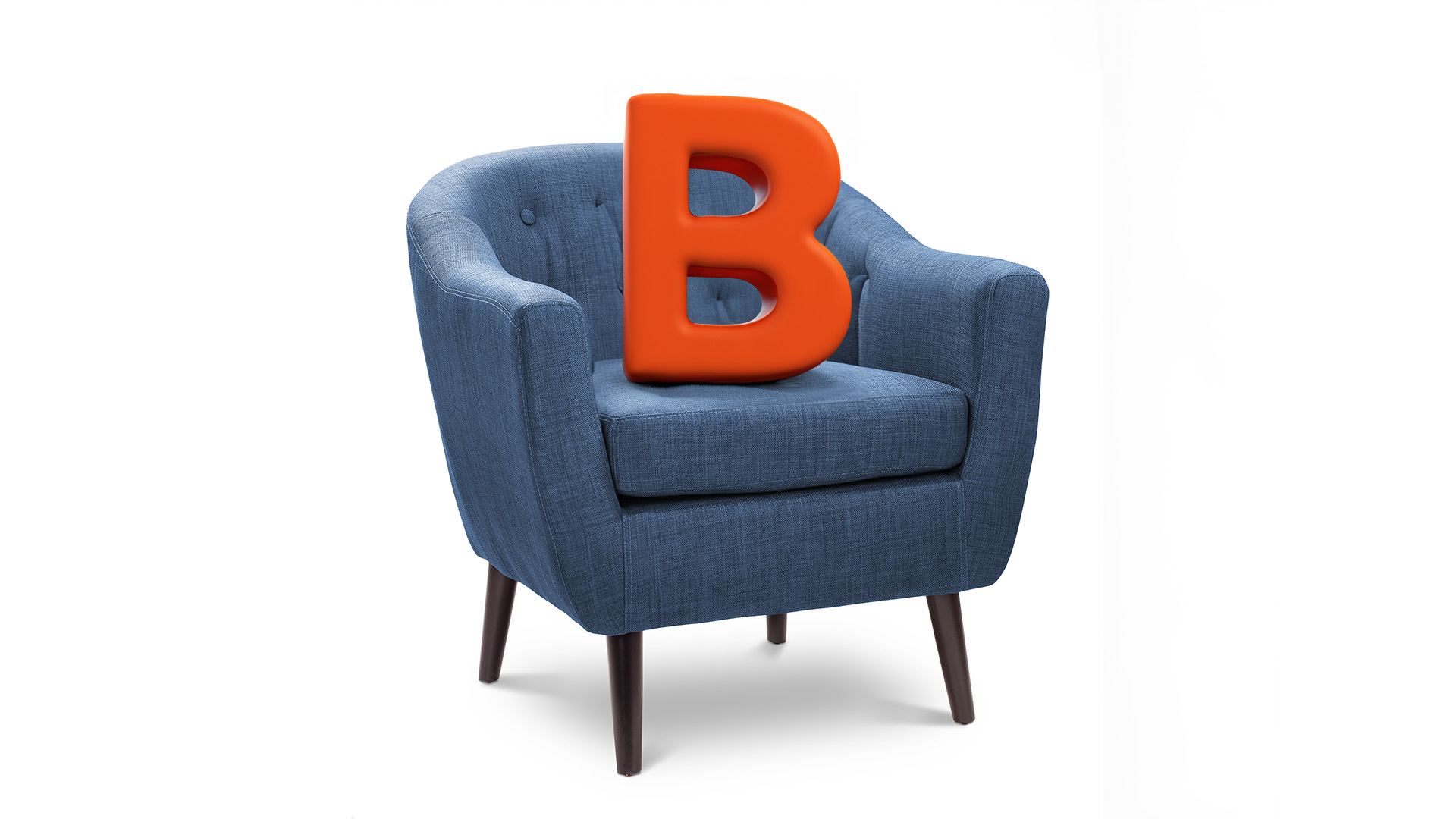Many of the forecasts for Australia in 2014 assume a continuation to the ‘tapering’ of the $US85 billion a year of spending by the US Federal Reserve.
And while this will be an important factor and markets will be volatile while the impact of each decision is sorted out (as we have seen this month so far), it will pay to look through ‘tapering’ out into the New Year for other factor.
For Australia just one factor matters – the health of China’s economy, followed by the health of other major Asian economies such as Japan and South Korea.
And that in turn demands solid economic growth and consumption of our commodities from major markets such as this trio, and especially China.
China is definitely rebounding. In fact Bank America/Merrill Lynch at the weekend raised its estimate of China’s 4th quarter GDP growth to an annual 7.8% from 7.7%.
Growth through 2013 is unchanged at the previous estimate of 7.7%.
On top of this, the global economy now looks set to have its strongest growth for at least four years with activity in the US, Japan, Europe, China and some emerging economies forecast to improve in the New Year.
It could end up being a rare year of synchronised economic strength from the global economy’s major growth engines.
If this happens, it will go a long way to offsetting what looks like to be another year of negative talk about the health of the domestic Australian economy.
Aided by the reports from the Commission of audit, the 2014-15 Federal Budget in May will be important in terms of setting out just what the Federal Government wants to do in reshaping taxes, spending and the economy.
Let’s hope the changes are more practical than the sometimes ideological stuff we have seen from the government in its first 100 days.
But as we look out into 2014, the one commodity (well, perhaps there’s a second) that will once again be the best barometer for Australian exports and economic health is iron ore.
The second will be the price of LNG in the Asian market which is currently back to near record highs of $US18 per million British Thermal Units, thanks to strong demand from Japan and then China.
As little as year ago forecasts were tipping a poor year for China and a fall in iron ore prices.
How wrong they were as steel production rose, the Chinese economy recovered from the first half slowdown and iron ore prices finished the year above $US130 a tonne, instead of close to or under $US100 tonne, as some many ‘experts‘ had forecast a year ago and well into 2013.
In many respects 2013 has turned out to be the year of The Great Escape for the Australian iron ore industry and the country generally. In fact global iron ore prices will average around $US125 a tonne this year, confounding forecasts which claimed increased supply from producers in Australia would depress prices, along with a lingering slowdown in China, which now seems to have been successfully negotiated.
As successive quarterly reports have made clear, BHP, Rio and Fortescue have all increased iron ore output this year and will continue into 2014, 2015 and 2016, while Brazil’s Vale recently outlined plans to increase production the next five years.
After touching a seven-month low of $110 in May, iron ore has rallied 25% on the back of robust steel production in China, restocking by the country’s steel mills and rising confidence in the outlook for Chinese economic growth.
As the import data for the past couple of months has confirmed, Chinese steel mills have imported record amounts of iron ore in two of the past four months, a development no forecaster anticipated.
This time around there’s a general feeling of ‘let’s not repeat that mistake’ from some forecasters, but not Fitch Ratings which this week predicted that Chinese steel production growth was unlikely to match 2013’s level in the near future, and China’s incremental demand for iron ore will see a downtrend.
"The total reliance by global iron ore miners on Chinese iron ore demand means that any failure to contain iron ore supply expansion to match China’s slowing steel production growth can lead to persistent iron ore price weakness,” advised Fitch analysts Su Aik Lim and Laura Zhai.
The Fitch analysts wrote that "Despite strong political intention by China’s central government to curb the nation’s excessive steel capacity, much of China’s steel production has been built in the past decade.
“As such, market forces have to be the key driver for industry consolidation, especially since the local governments of smaller cities lack the motivation to close steel plants just to curb national supply—given the wide-ranging impact of the steel plants on their economies".
In its analysis, Fitch observed, “Poor profitability which results in a strained financial position has been the most effective deterrent against capacity expansion.” In the steel sector, 2013 capacity has increased only by 20 million metric tons, compared with over 50 million metric tons in the last three years.
“Fitch believes a positive trend in ratings is unlikely, as an essential factor would be a general improvement in industry conditions,” said the analysts. “This may happen when there is a meaningful containment of capacity expansion through effective regulatory policy or by market forces. Alternatively, demand recovery in developed economies – especially for auto demand – could spur growth and directly support demand for metals, while also adding to China’s growth prospects.”
But last week, Chinese state media reported forecasts for a continuation of the current solid levels of steel output and demand for iron ore, contradicting the gloomy outlook from Fitch.
China’s crude steel consumption for 2013 is estimated at 693 million tonnes and it is expected to grow 3.2% year on year to reach 715 million tonnes next year, according to reports on official news websites.
Domestic demand for steel products is expected to rise 3.2% to 715 million tonnes and crude steel output is expected to rise 6.3% to 810 million tons in 2014. Current capacity exceeds one billion tonnes.
China’s iron ore imports rose 10.9% year on year to 746.1 million tonnes between January and November, according to customs figures. Another 70 million tonne month in December would push the total past 810 million tonnes.
China’s demand for iron ore is expected to total 850 million tonnes in 2014, between 4% and 5% more than 2013’s demand. That will account for over 70% of the China’s mineral and ore imports.
As a result, the reports say world iron ore prices will remain high next year.
China’s demand for finished iron ore in 2014 is forecast at 1.172 billion tonnes, with more than 70% imported.
China’s crude steel output rose 8.3% to 652.48 million tonnes in the first 10 months of 2013, faster than the 2.1% increase seen in the same period last year (and the reason for the better than expected demand for iron ore and higher prices).
Output of rolled steel rose 11.6% from a year ago to 888.32 million tonnes during the same period, 5.3 percentage points more than the growth over the same period last year, according to the National Development and Reform Commission (NDRC). Rolled steel is used in shipbuilding, cars, whitegoods, building, construction and railroads.
Reasons for the higher demand for steel in 2014 advanced in the media reports included the fact that China’s economy will continue growing (and won’t slow as it did in early 2013).
Demand for steel from the railway and car industries are forecast to rise by 8% or more in 2014, underpinning solid, but slower demand from other sectors, such as whitegoods. Steel demand next year from machinery and household appliances is expected to rise by 5% or more.
Now all of this sounds much more bullish than a year ago, or even six months. But in all things China, it pays to remain conservative, so it wouldn’t surprise if iron ore prices did weaken for some time – slowly, before a recovery in 2014.
That’s why it will pay to watch the commentaries not from the media and analysts as much as read those from BHP, Rio, Fortescue, Vale and from some reports in official Chinese media.
It is still generally accepted that the weight of new iron ore production from Australia, Brazil and several smaller suppliers will eventually cap, then slowly force global iron ore prices lower in coming years. That was the bottom line a year ago and it was avoided.
The question is, can it happen for a second successive year in 2014?













